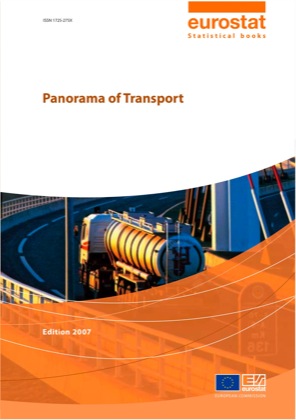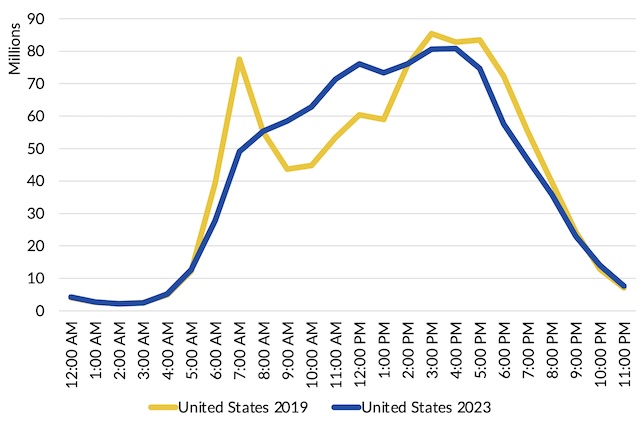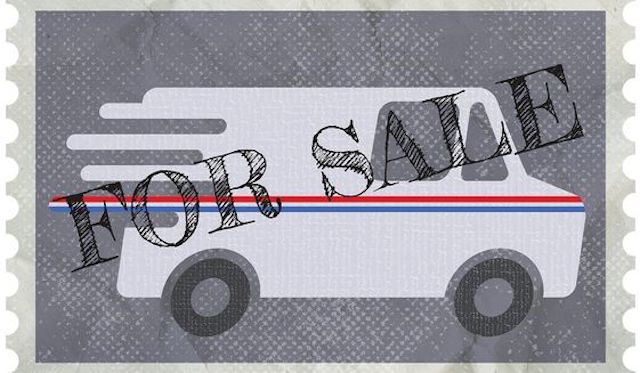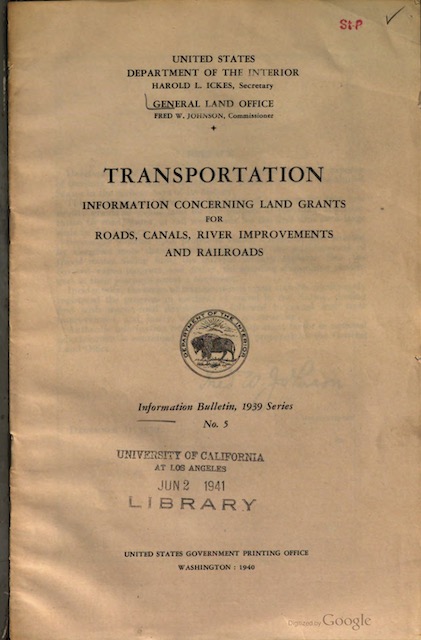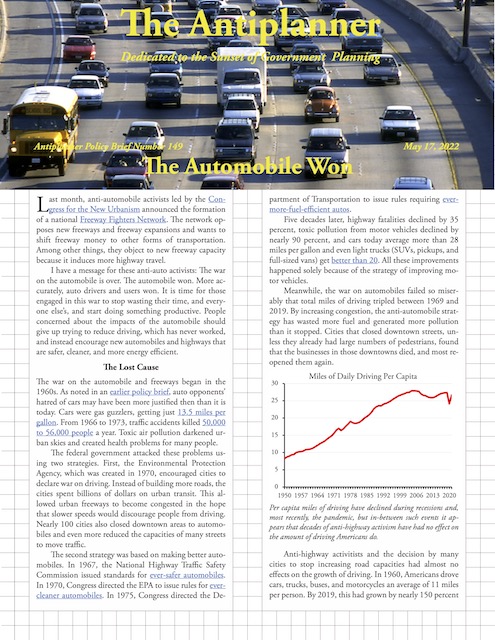Any smart-growther enjoying a moment of schadenfreude over recent reports of a decline in driving have to recognize that transit ridership is also down. Moreover, the city of Portland, which likes to think of itself as the bicycle capital of the United States, reports that cycling is down as well.
The actual numbers are revealing. Portland estimates that cycling in 2009 was 5 percent less than in 2008. The American Public Transportation Association says that transit ridership in the first nine months of 2009 was 3.8 percent less than the same period in 2008. Meanwhile, driving the first nine months of 2009 is actually 0.2 percent greater than the same period in 2008.
If it is greater, then why the reports of a decline in driving? They are based on a rolling twelve-month average, and the twelve months ending in October, 2009 included the months immediately following the panic and crash of 2008. But thanks to lower fuel prices, 2009 beat 2008 in five of the first nine months of each year despite unemployment.

